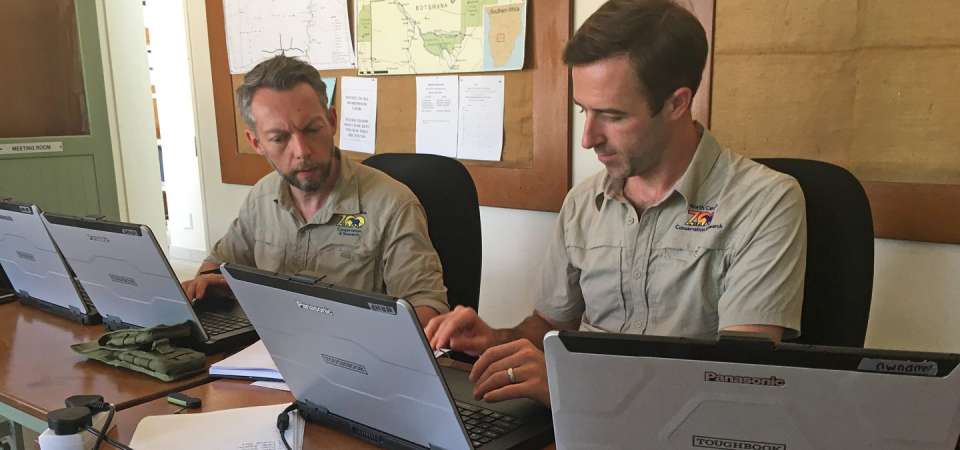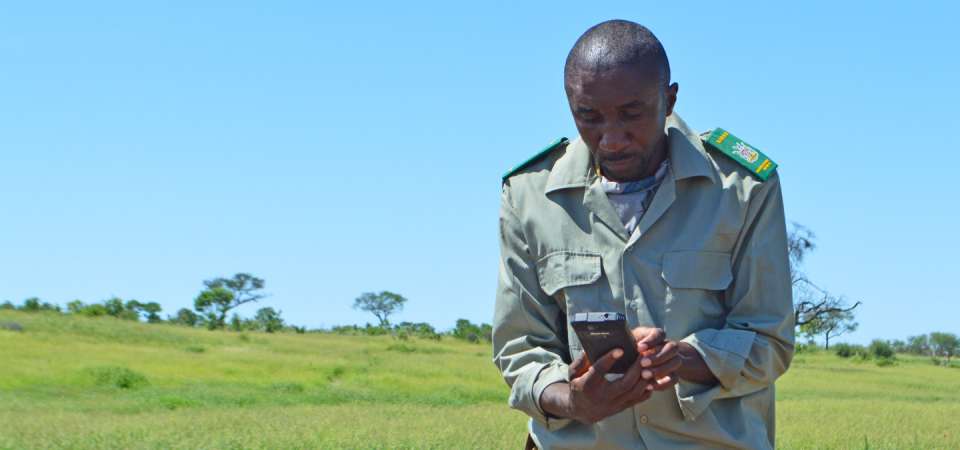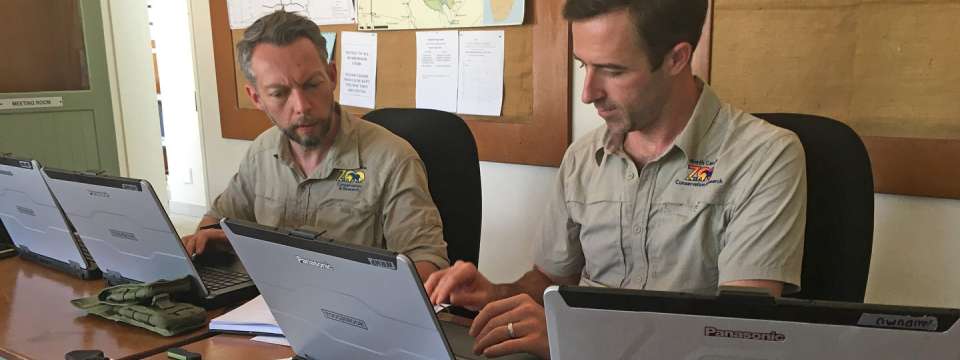

The Zoo anticipates high attendance on sunny weekends. Parking is limited, so arrive early, carpool, and check our site / social pages often for more updates!


Dr. Drew Conin, Associate Curator of International Conservation for the North Carolina Zoo.
Across Africa, rhino populations are declining due to poaching for their horns, primarily to supply traditional medicine markets in Asia. This poaching has driven the western black rhino, one of four African black rhino subspecies, to extinction, while only two individual northern white rhinos remain in the world. If the threat of poaching is not reversed, the remaining rhinos in Africa will face a similar fate.
Namibia, in Southern Africa, is a critically important country for rhino conservation, as well as many other iconic African wildlife species, including large populations of elephants, lions, cheetahs, African wild dogs, and antelope.
Northern Namibia, and specifically Etosha National Park, is home to the largest black rhino population in the world, and also supports good numbers of southern white rhinos.
West of Etosha, an area known as Damaraland is home to the last free-roaming population of the desert-adapted black rhino, which is conserved largely through the efforts of local community conservancies.
Meanwhile in northeastern Namibia, there are five national parks that are home to numerous rare and threatened species, as well as thousands of elephants.

Training rangers on the use of SMART anit-poaching technology in Namibia.

North Carolina Zoo has worked for years with several partners in the region to implement an anti-poaching program based on SMART conservation software that the Zoo helped develop. Using SMART, ranger patrols in Namibia are now collecting field observations on rugged tablets and smartphones, which allows information to be quickly analyzed to improve conservation strategies in order to better protect wildlife.
This work began initially in 2016 with a focus on rhinos in Etosha National Park, in collaboration with the World Wildlife Fund and the Namibian Ministry of Environment & Tourism, and in Damaraland, partnering with Save the Rhino Trust.
These initial deployments led to improvements in patrol effort and management, as well as better protection of the wildlife in these protected areas. One of the most exciting successes was the establishment of the Conservancy Rhino Ranger Incentive Program, a collaborative, local-level rhino protection program in Damaraland. The program has quintupled the number of trained, equipped and motivated locally-appointed rangers, and increased patrol effort and rhino sightings in Namibia by 850% and 450%, respectively, since 2012.
Based on the successes of these initial deployments, the Zoo’s Namibian partners sought to expand their use of SMART to other protected areas around the country.
So, beginning in August 2019, the Zoo worked with its partners to implement SMART in all of the national parks in northeastern Namibia: Bwabwata, Khaudum, Mangetti, Mudumu, and Nkasa Rupara National Parks. In February 2020, Dr. Rich Bergl, the Zoo’s Director of Conservation, Education, and Science, along with the Zoo’s Associate Curator of International Conservation, Dr. Drew Cronin, completed the initial phase of this effort. Drs. Bergl and Cronin set up SMART software for each of the national parks and conducted a series of technical training workshops on the use of SMART for protected area management at Khaudum, Mangetti, and Bwabwata National Parks for more than 75 national staff.
With this technology and training - Namibian national park staff in these parks are now better equipped to protect their rhinos, elephants, lions, and other wildlife.
The Zoo looks forward to continuing to build on these exciting and impactful partnerships through further capacity building efforts and long-term technical and logistical support, and we aim to work with our partners to further expand SMART use to more of Namibia’s national parks in the future.
When you visit the Zoo or support the Zoo Society, your purchases or donations help support the Zoo’s efforts to save endangered wildlife, like the black rhino, in the wild. The Zoo’s commitment to protecting animals in the wild is a critical part of our mission and will become even more important as time goes on.